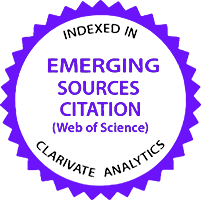Abstract— Despite the advantages of social networks, they may be a good platform for some crimes such as drug marketing. Unfortunately, due to the large amount of information on social networks as well as the anonymity of users, it is very difficult to identify and detect these crimes; so it is necessary to provide automatic tools to search and report criminals on these networks. So far, several methods are introduced with the capability of automatically detecting criminals. However, all of these methods require access to content published by the users. In this paper, a new method is proposed. It is capable of identifying criminals in social networks based not on their published content but only on their social relationships. The proposed method is based on the assumption that criminals, indirectly, have strong connections with each other. It includes two algorithms, the first algorithm is utilized for crawling the social network, and the second algorithm for detecting criminal users among the users collected in the first phase. Having an initial set of criminals, the method first crawls the network starting from this set. The crawler is configured to collect users who are more likely to be criminals. Then, these users and their relationships form a graph, and users are ranked based on five centrality measures (namely degree, betweenness, closeness, hubs and authority centralities) that have a strong correlation with the likelihood of users being criminals. The obtained results show that the proposed method can well identify criminals and rank them. The degree and closeness centralities showed the best results while betweenness centrality showed the worst results. For instances, the closeness centrality has been able to correctly identify criminals with 90% accuracy.
Keywords: Criminal detection; Social network analysis; centrality measures algorithm; crawling algorithm; Criminals detection algorithm.
DOI: http://doi.org/10.5455/jjee.204-1616319844

![Scopus®_151_PNG-300x86[1]](https://jjee.ttu.edu.jo/wp-content/uploads/2024/03/Scopus®_151_PNG-300x861-1.png)
